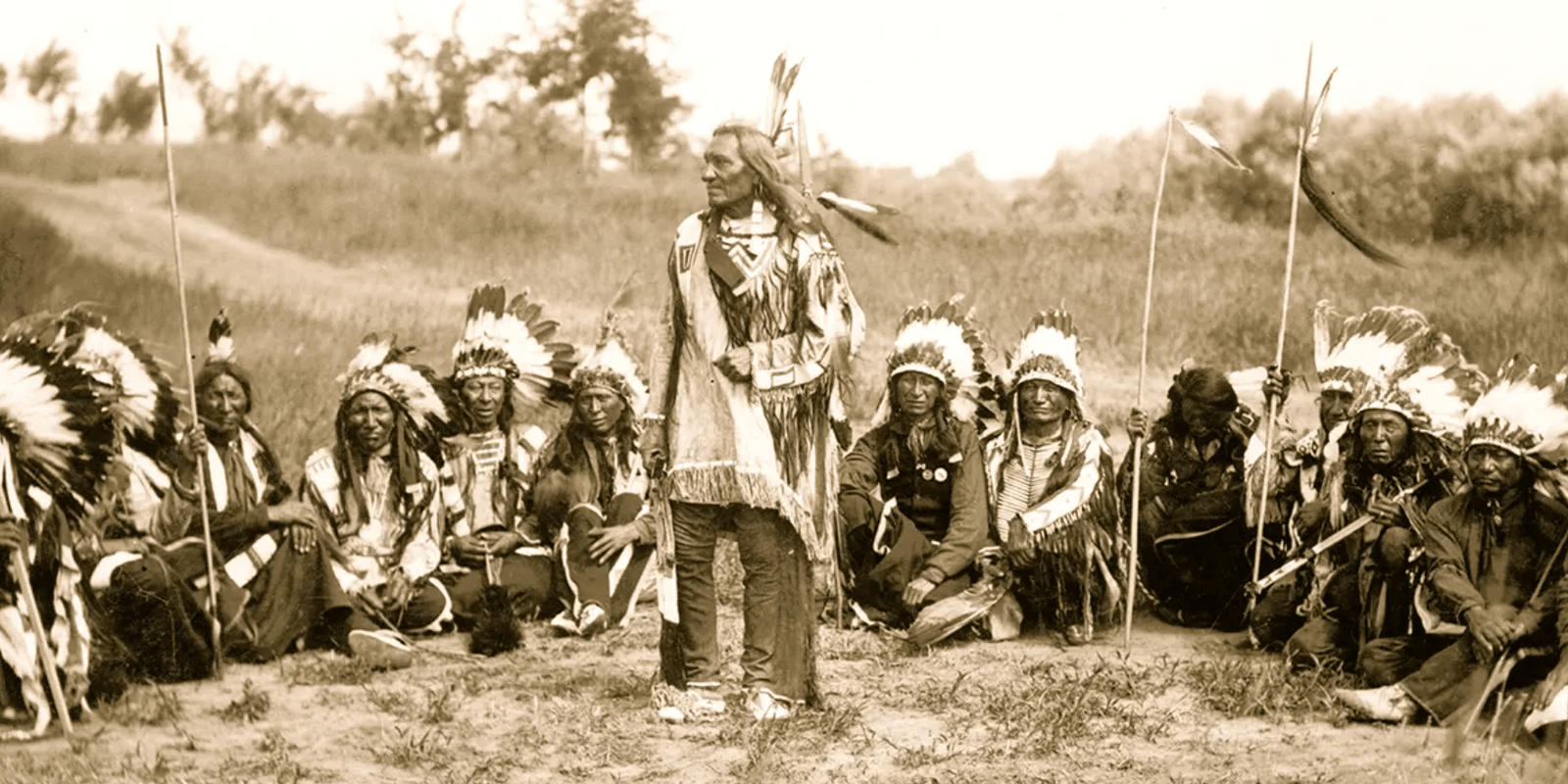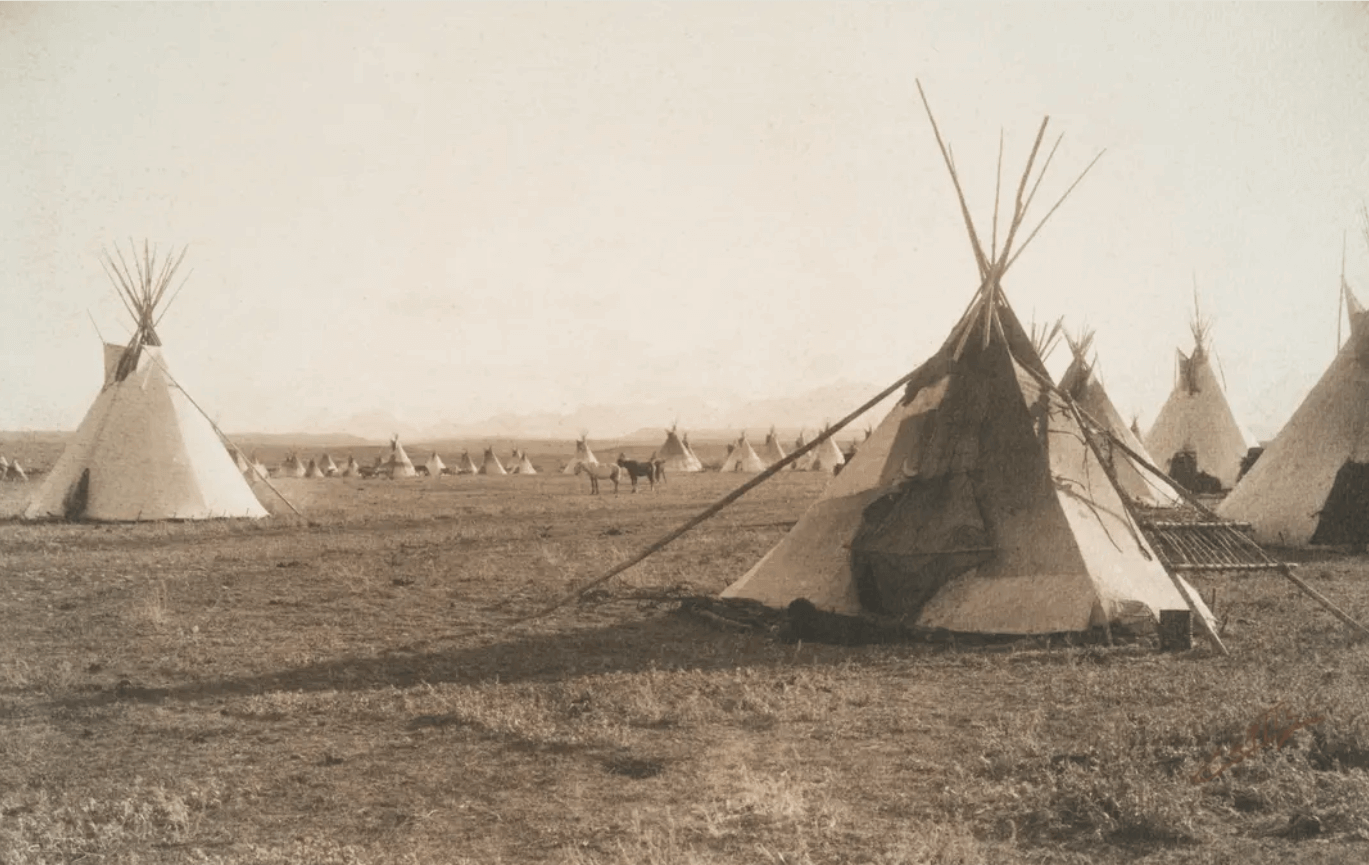Native American history is a narrative woven with resilience, cultural richness, and enduring spirit. Long before European explorers set foot on what is now called the Americas, the continent was home to diverse Native American tribes. These indigenous people lived in harmony with the land, each tribe having its own unique culture, language, and traditions. However, with the arrival of European settlers, their world would change forever, marked by stages of cooperation, resistance, and ultimately, survival against overwhelming odds.

The Arrival of Columbus and Early Encounters
In 1492, Christopher Columbus embarked on his voyage across the Atlantic and landed on a Caribbean island. Believing he had reached the East Indies, Columbus referred to the native inhabitants as “Indians.” This encounter marked the beginning of a complex and often tragic interaction between Native Americans and European settlers.
Columbus’s arrival was followed by other explorers like Juan Ponce de León, who, in 1513, made contact with Native Americans in Florida, setting the stage for further exploration and colonization.
The early years of contact were characterized by a mix of cooperation and conflict. For instance, Ponce de León’s second voyage to Florida in 1521 ended in violence, with local Native Americans attacking the Spanish and fatally wounding the explorer. This pattern of confrontation continued as Spanish conquistadors like Hernando de Soto sought to conquer and exploit the South, often relying on captured Native Americans as guides.

Cultural Clashes and Military Confrontations of Native American History
As European colonization efforts intensified, so did the conflicts. One notable figure from this period is Pocahontas, the daughter of Chief Powhatan, who was born around 1595. Pocahontas’s life became entangled with the English settlers at Jamestown, leading to her capture in 1613 during the Anglo-Powhatan War in Native American History.
Over time, Pocahontas learned English, converted to Christianity, and adopted the name Rebecca, symbolizing the deep cultural exchanges—and often, the forced assimilation—between Native Americans and Europeans.
The resistance to European encroachment wasn’t limited to the East Coast. In 1680, the Pueblo Native Americans in New Mexico revolted against Spanish rule, temporarily reclaiming their land. This event, along with others like the French and Indian War of 1754, where Native American alliances played crucial roles, highlights the persistent struggle of indigenous peoples to defend their territories.
The Trail of Tears and Forced Relocations

By the 19th century, the United States government began systematically removing Native American History from their ancestral lands. This policy culminated in the Indian Removal Act of 1830, signed by President Andrew Jackson, which forced thousands of Native Americans to relocate west of the Mississippi River. The most infamous of these forced relocations is the Trail of Tears in 1838, during which over 5,000 Cherokee people died as they were marched 1,200 miles to what is now Oklahoma.
The U.S. government’s relentless push for expansion led to numerous treaties and conflicts. For instance, the Treaty of Fort Laramie in 1868 initially recognized the Black Hills of Dakota as the exclusive territory of the Sioux Nation. However, when gold was discovered in the region, the treaty was ignored, leading to the Battle of Little Bighorn in 1876, where Sioux and Cheyenne warriors, led by Crazy Horse and Sitting Bull, famously defeated General Custer.
The Dawes Act and Assimilation Policies
The late 19th century saw further efforts to assimilate Native American History into mainstream American society, often at the expense of their cultural identity. The Dawes Act of 1887 allowed the U.S. government to divide tribal lands into individual plots, weakening the communal land ownership that was central to many Native cultures.

Additionally, Native American children were often sent to boarding schools, such as the Carlisle Indian Industrial School, where they were forced to abandon their languages and customs.
20th Century: Cultural Revival and Civil Rights Movements
Despite these challenges, Native American History continued to resist and adapt. The 20th century saw significant changes, beginning with the Indian Citizenship Act of 1924, which granted U.S. citizenship to all Native Americans born within the country’s borders. This period also witnessed the heroic contributions of Native American soldiers, like the Navajo Code Talkers during World War II, who used their language to develop an unbreakable code that played a crucial role in the U.S. military efforts.
The struggle for Native American rights gained momentum in the 1960s with the founding of the American Indian Movement (AIM) in 1968. AIM became a powerful voice for Indigenous civil rights, leading protests and occupations such as the Wounded Knee Occupation in 1973. These actions highlighted the ongoing injustices faced by Native American History and demanded the government honor its treaties and respect Indigenous sovereignty.

Preserving Heritage and Moving Forward
The history of Native Americans is a testament to their strength and resilience. Despite centuries of oppression and attempts to erase their cultures, Native American communities continue to thrive, preserving their traditions while also advocating for their rights and sovereignty. Today, understanding Native American history is crucial for recognizing the contributions and experiences of Indigenous peoples in shaping the United States.
As we reflect on this history, it’s important to honor the past while supporting the ongoing efforts to ensure a future where Native American history, cultures and communities are respected and celebrated. The journey of Native Americans, from the first encounters with European settlers to their enduring legacy today, is a powerful reminder of the enduring spirit of the first inhabitants of this land.